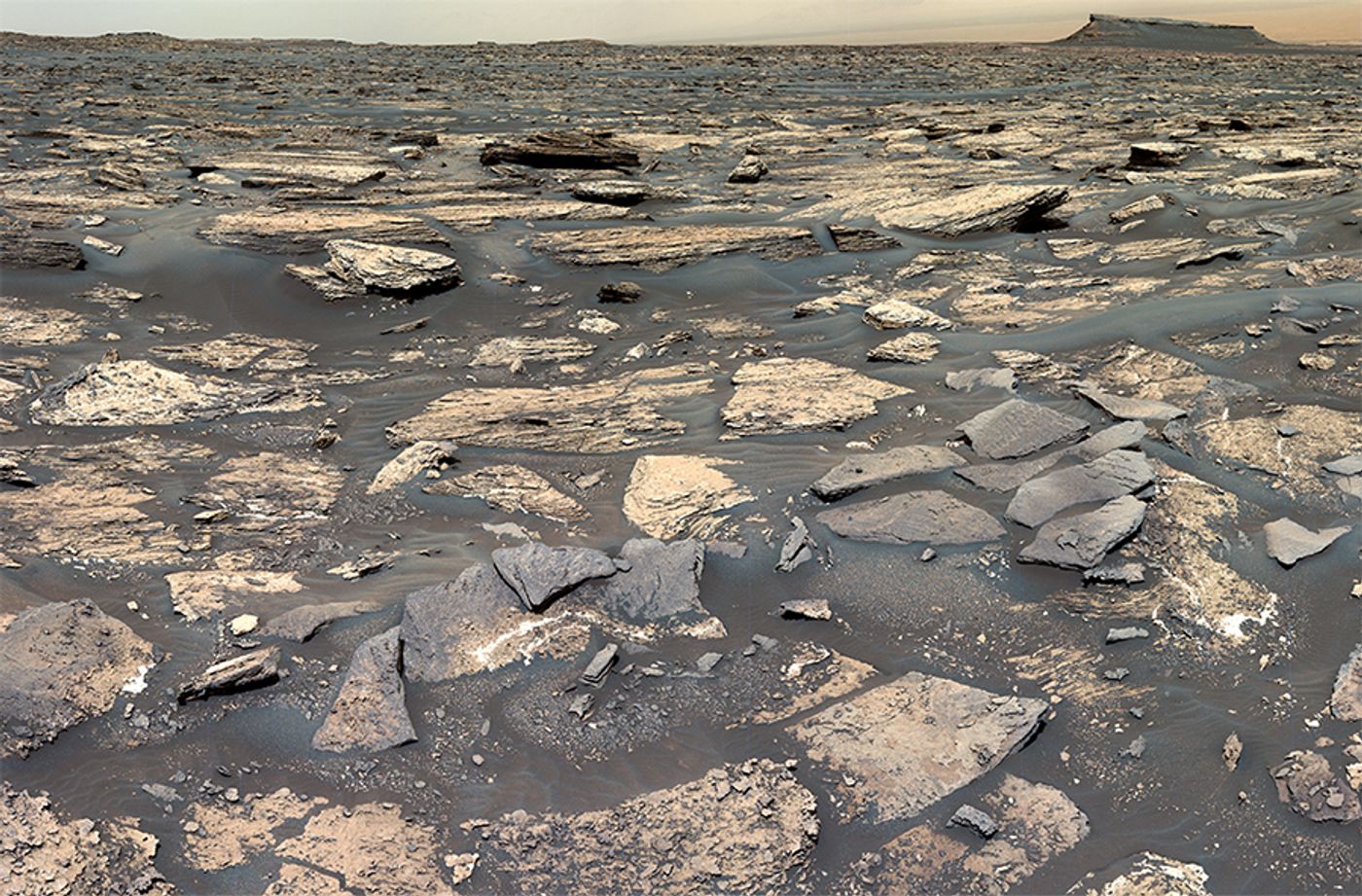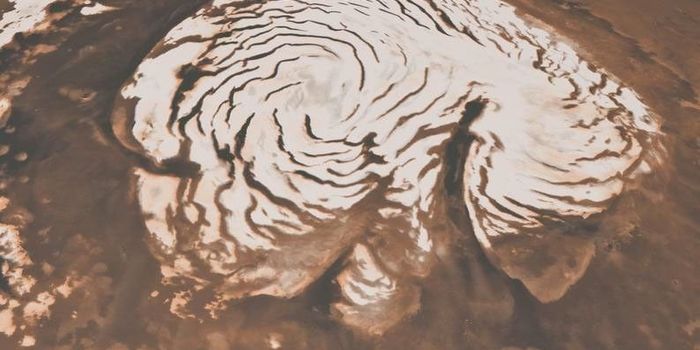Unraveling Martian Sediments: ChemCam Reveals Clues to Mars's Watery Past
Trying to determine if Mars once had more Earth-like conditions in its ancient past is what scientists have been trying to determine for the last several decades. Now, a recent study published in Journal of Geophysical Research: Planets could bring us one step closer to answering this elusive question as a team of international researchers investigated elevated levels of manganese-rich sandstones within Gale Crater on Mars using the NASA Curiosity rover’s ChemCam instrument. This study holds the potential to help researchers better understand past, Earth-like conditions on the Red Planet and the processes that allowed it to happen.
The reason manganese is vital to finding past life on Mars is because it has been found to occur on Earth in ancient sedimentary rocks that have been exposed to long-term watery environments. Ferromanganese, which is an alloy of manganese and iron, has been found on ocean floors and produced by marine microorganisms and other chemical processes. Therefore, finding higher than normal levels of manganese on Mars could indicate that life once existed there long ago.
“It is difficult for manganese oxide to form on the surface of Mars, so we didn’t expect to find it in such high concentrations in a shoreline deposit,” said Dr. Patrick Gasda, who is a scientist in Los Alamos National Laboratory’s Space Science and Applications group and lead author of the study. “On Earth, these types of deposits happen all the time because of the high oxygen in our atmosphere produced by photosynthetic life, and from microbes that help catalyze those manganese oxidation reactions.”
Image of ancient bedrocks obtained by NASA’s Curiosity rover in Mars’ Gale Crater. (Credit: NASA/JPL-Caltech/MSSS)
Using the ChemCam instrument onboard NASA’s Curiosity rover, the researchers determined that the manganese found in these sediments could have increased in number due to groundwater moving downward through the Martian regolith, also known as percolation. Additionally, the researchers present several hypotheses pertaining to how the manganese became oxidized enough to increase their numbers but are unable to provide definitive explanations due to the lack of ancient Mars knowledge.
What new discoveries will researchers make about manganese and its connection to ancient water on Mars in the coming years and decades? Only time will tell, and this is why we science!
As always, keep doing science & keep looking up!
Sources: JGR: Planets, ScienceDaily, United States Geological Survey, Los Alamos National Laboratory









